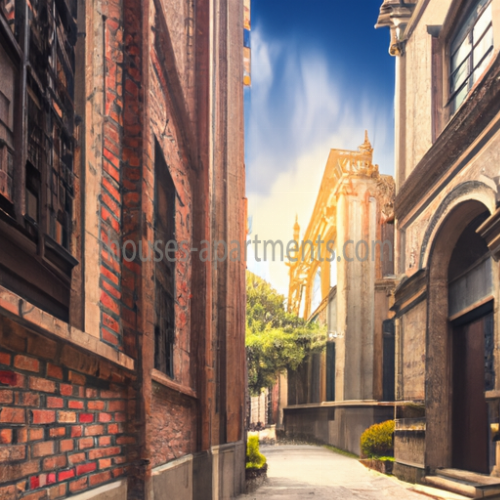The Gothic Revival movement, also known as Neo-Gothic or Victorian Gothic, was a design and architectural movement that surfaced in the late 18th and 19th century. It drew inspiration from the Gothic styles of the 12th to 16th centuries, particularly those present in medieval churches and cathedrals.
The Gothic Revival movement influenced architecture and design in several ways, including:
1. Gothic architecture: The movement revived and reintroduced Gothic architecture, which was characterized by its pointed arches, ribbed vaults, buttresses, and elaborate ornamentation. Gothic architecture was often used in religious buildings like churches, universities and government buildings.
2. Ornamentation: The Gothic Revival movement placed a strong emphasis on ornamentation and detail. The architecture and design of this period featured intricate carvings, moldings, and stained glass windows.
3. Material use: The movement emphasized the use of materials like stone and wood, which were often left unfinished to showcase their natural beauty.
4. Romanticism: The Gothic Revival movement was closely linked to the Romanticism movement, which emphasized individualism, imagination, emotion, and the natural world. This led to a greater emphasis on the organic and natural form in designs.
5. Furniture design: The Gothic Revival movement also influenced interior design, with designers creating furniture inspired by Gothic architecture. These designs featured ornate carvings, pointed arches, and richly decorated surfaces.
Overall, the Gothic Revival movement had a significant influence on architecture and design, helping to create some of the most iconic buildings and furniture designs of the era.
Publication date:

